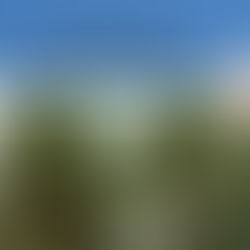How much do you know about Antarctica?

Weather:
Antarctica is the southernmost continent of the Earth which is 98% covered by a massive ice sheets. On an average it contains about 1.6 kilometers thickness of ice. It experience one of the most extreme climate of the earth. Earth’s lowest temperature has been recorded here.
Who lives here?
This is the only continent where no human beings live permanently, though few people do visit for scientific research and others for tourism purpose. Very few species of animals lives here near the coasts.
Do you know its history?
Around 40 million years ago, Antarctica was connected to South America by land and also connected to Australia as a land continent which was called as Gondwana. However, Gondwana is not located as close to the South Pole where Antarctica is located now. During that time only Australia broke apart from Antarctica and begins to separate. It was the time when Ice age on earth began and cooled down Antarctica. Around 23 million years ago, Antarctica completely separated from South America.
Who discovered Antarctica?
Well, it was not until January of 1820 that we came to know about it. It was discovered by a Russian Imperial Navy captain named Von Bellingshausen who saw mainland of Antarctica from his ship.
Flora and fauna of Antarctica
Not much flora and fauna found in Antarctic continent because of such low temperature, shortage of sunlight, little or no rainfall, little moisture content. There are few which are mainly restricted to mosses and liverworts. There are fungi, algae, lichens, and bryophytes. Snow algae and multi colored diatoms are seen plenty in the coastal regions.
Antarctica consists of fauna mostly in the form of invertebrate animals such as krill, rotifiers, microscopic mites, tardigrades, lice, nematodes and springtails. Belgica Antarctica is the largest land animal in the continent which is about 12 mm in size.
Marine animals are found plenty such as blue whales, penguins, fur seals, and orcas. They mainly derive their food from a type of plants called Phytoplankton.












Comments